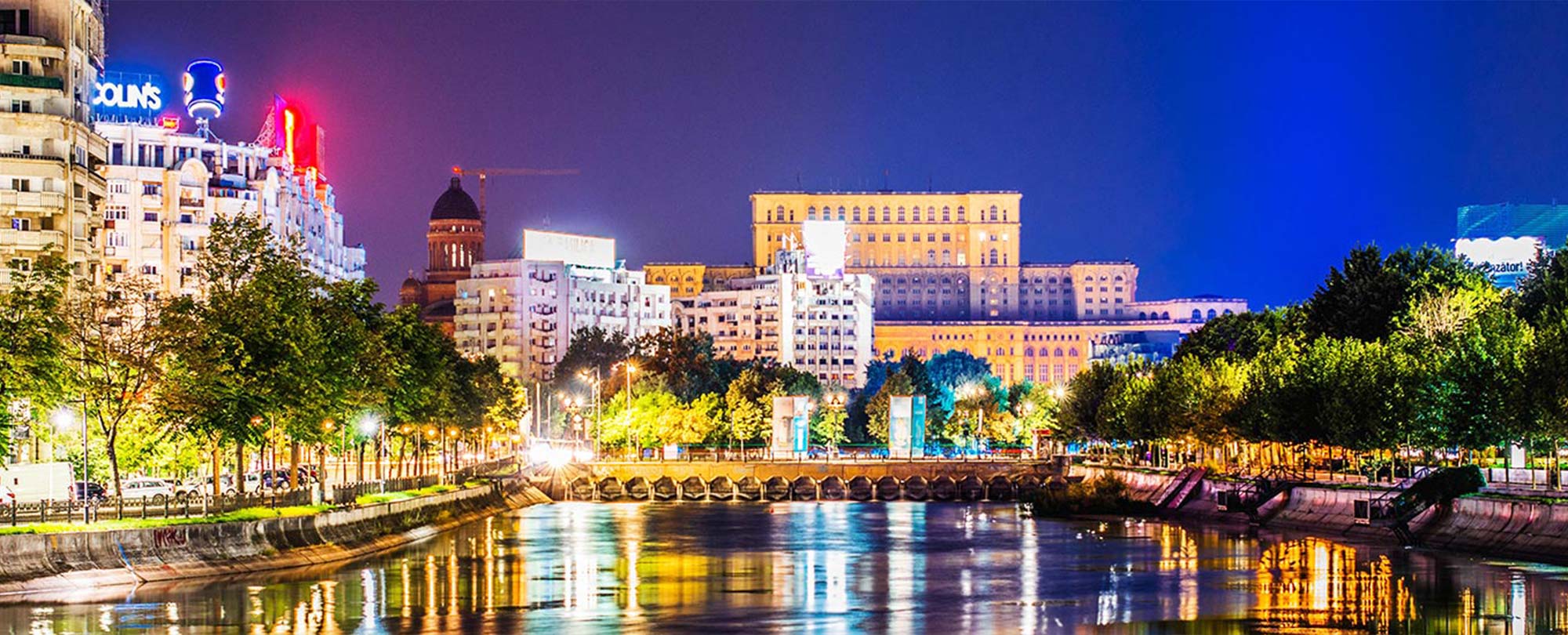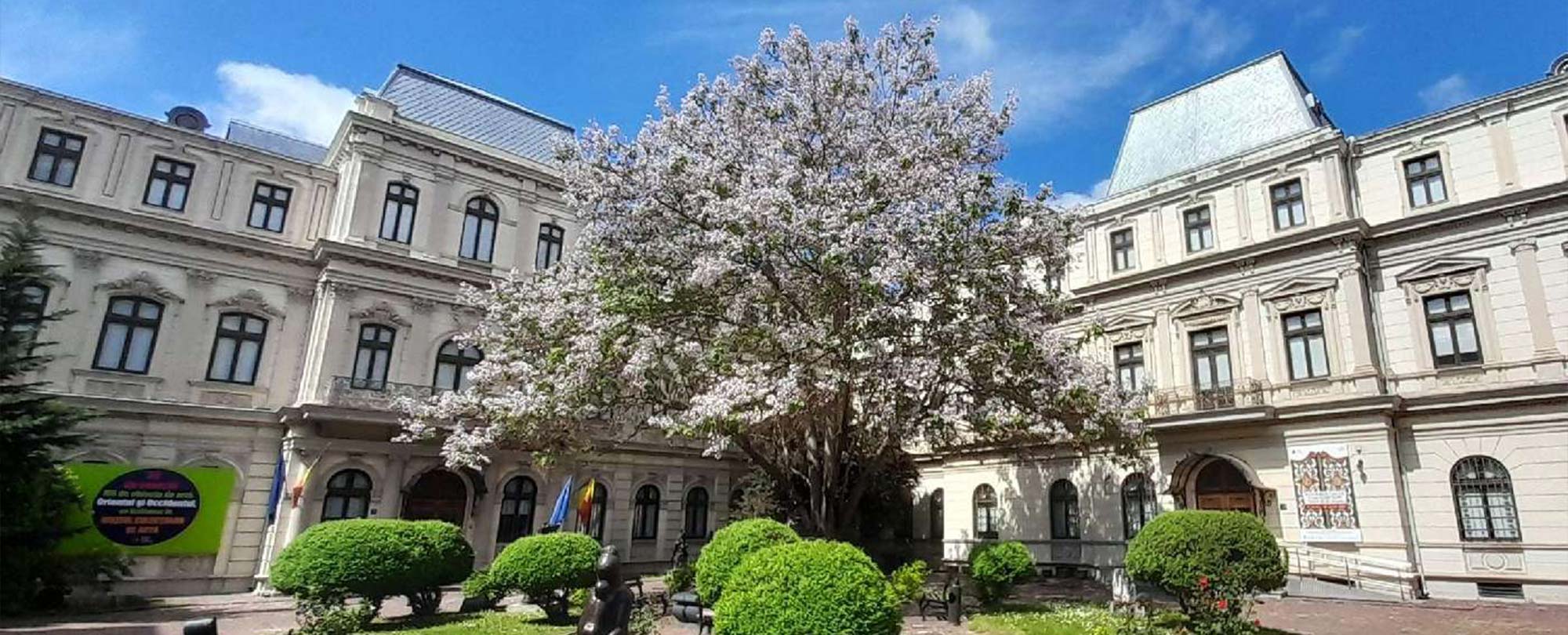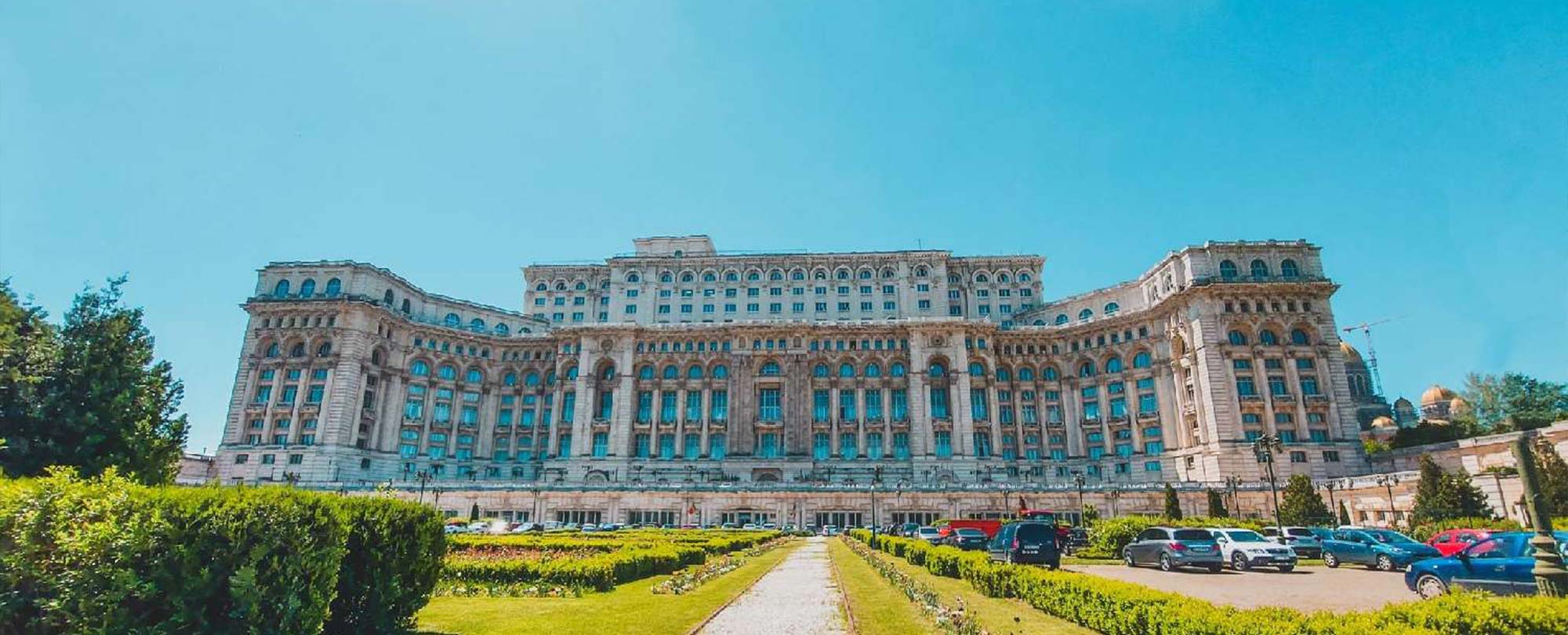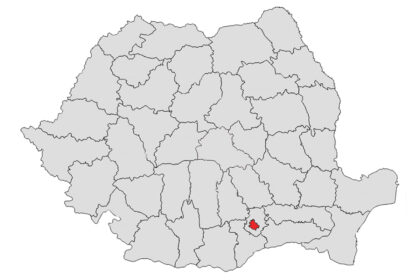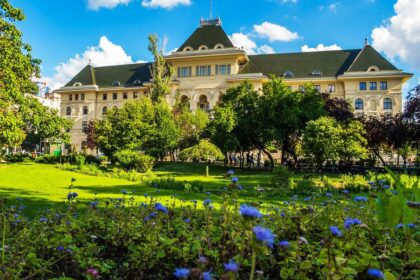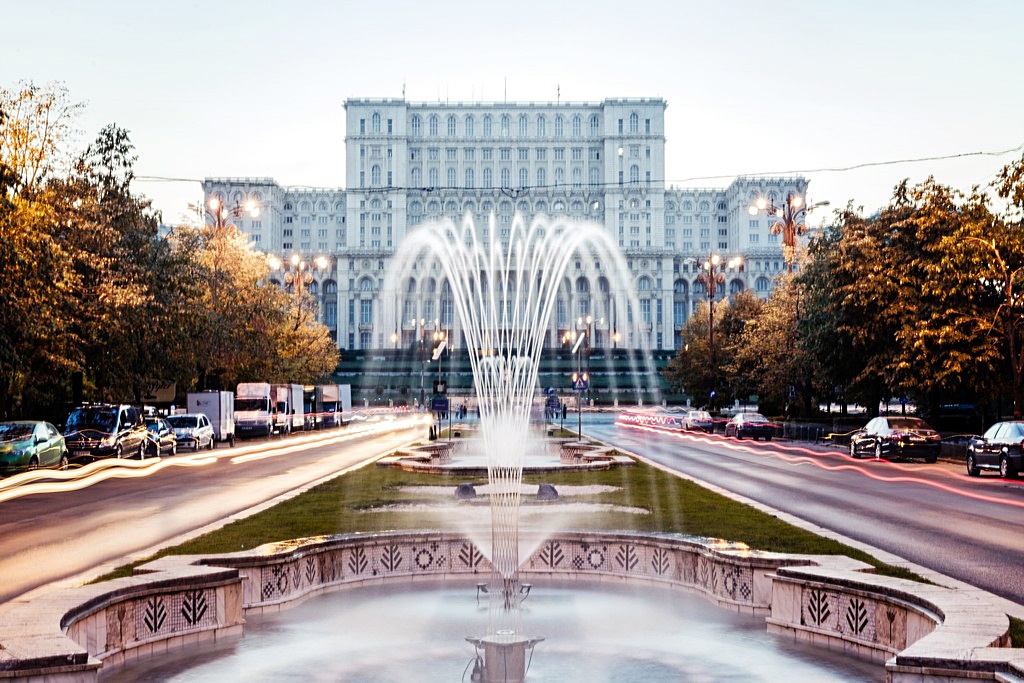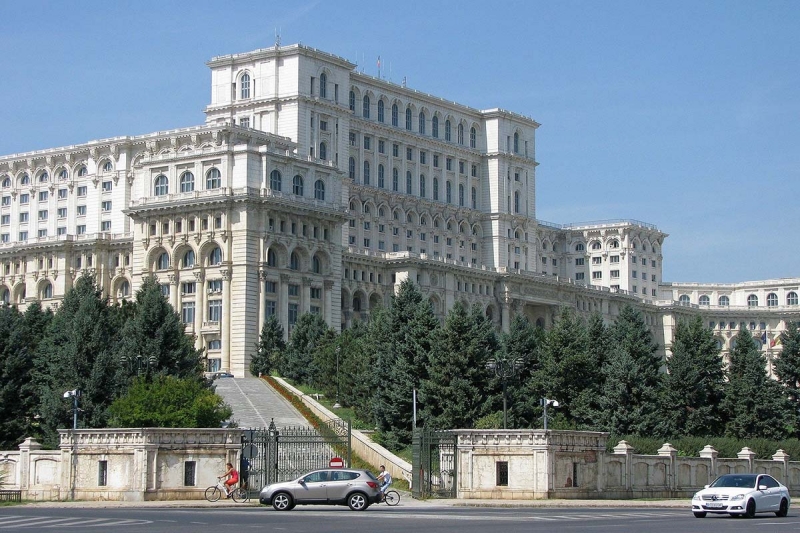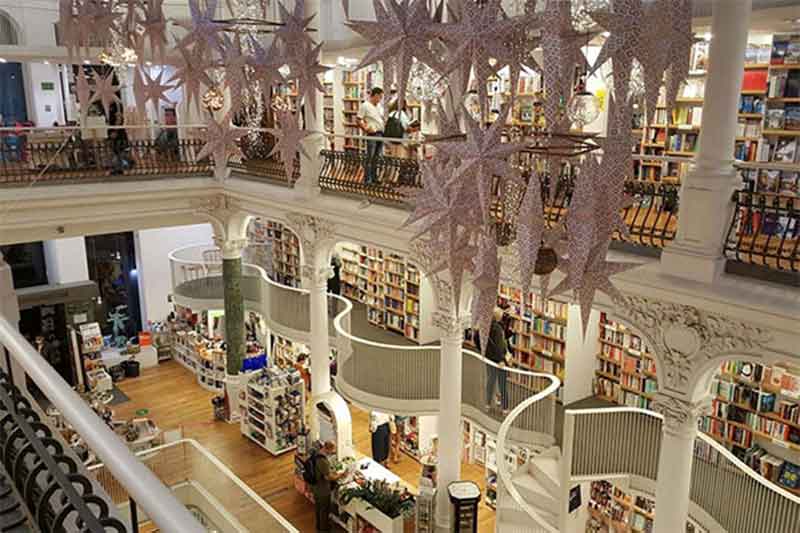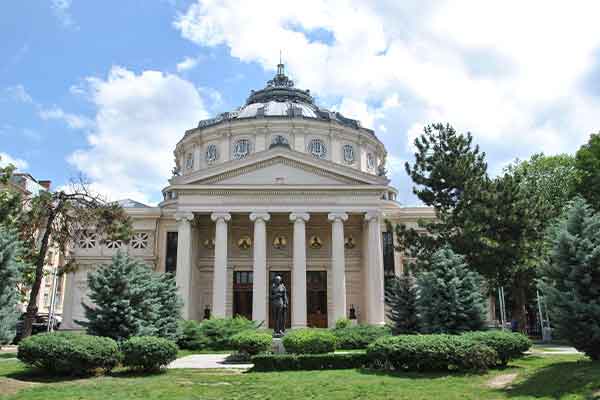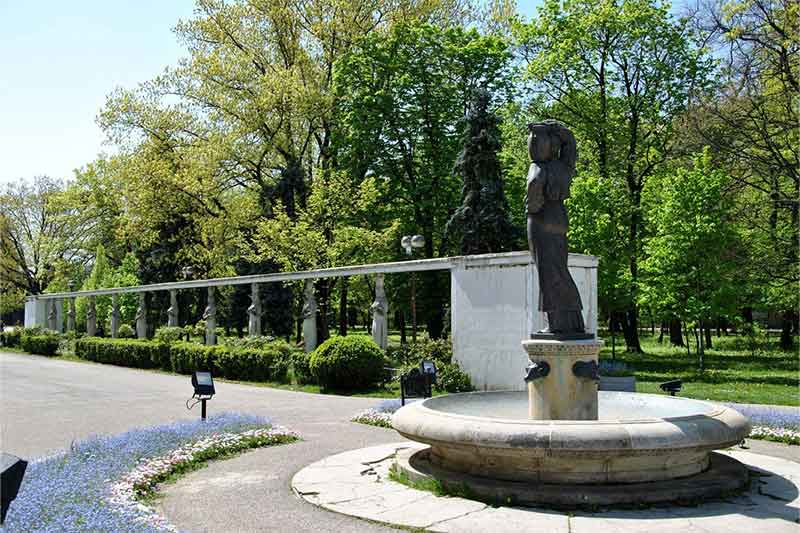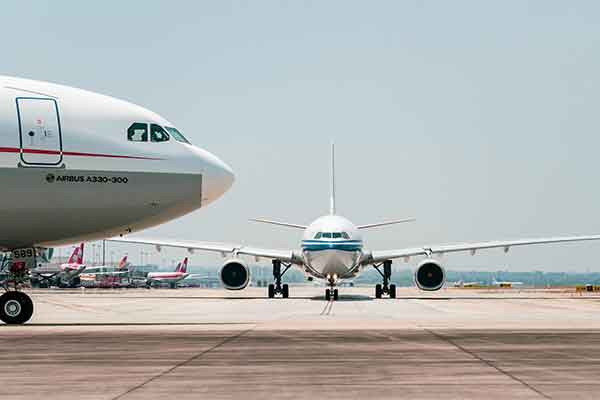Bucharest City
Bucharest is the capital of Romania. With just over 1.8 million inhabitants and an urban agglomeration of 2.2 million inhabitants, it is the seventh largest city in the European Union.
After Bucharest finally replaced Târgovişte as the state capital in 1659, it became the political, economic and cultural center of Wallachia and later Romania. The city has several universities, various other colleges, and numerous theaters, museums, and other cultural institutions.
The high cosmopolitan culture and dominant French influence of the city’s neo-baroque architecture earned it the nickname of Little Paris (“Little Paris”, and “Paris of the East”). During the tenure of the Romanian dictator Nicolae Ceaușescu, extensive historic neighborhoods were destroyed to make way for the confectionary-style monument of the head of state.
Tourist attractions / Excursion destinations and Recommendations / Activities
Church Saint Gheorghe Nou | Bucharest City
[More about] [Map]
The Church of St. George is located at Strada Cavafii Vechi 6, at ‘Kilometre 0’ in Romania (in relation to the kilometre markings to Bucharest) and east of Bucharest’s old town. Already in 1574, Frenchman Pierre Lescalopier, who was travelling through Bucharest, mentioned two beautiful and holy places in the city centre, one of them being St. George’s Church. This is one of the oldest churches in the city.
Palace of Parliament | Bucharest City
[More about] [Map]
The House of the People, or nowadays the Parliament of Romania, is a controversial building and a mandatory destination for tourists visiting Bucharest, being the second largest administrative building in the world by area after the Pentagon, giving it a worldwide reputation as the heaviest building on the world map. more massive but also the most expensive in the world.
Carousel Carturesti | Bucharest City
[More about] [Map]
Cărturești Carusel Bookstore is much more than a simple “bookstore”. It is located in the historical center of Bucharest and covers six (6) floors with a total area of 1,000 m2. A bistro on the upper floor, a multimedia room on the lower floor and a contemporary art gallery on the first floor invite you to view, browse, hang out and shop.
The Romanian Athenaeum | Bucharest City
[More about] [Map]
Built in 1888, the Romanian Athenaeum is Bucharest’s most iconic cultural building. Boasting impressive neoclassical architecture and a concert hall renowned for its acoustics, it is home to the George Enescu Philharmonic Orchestra. The Athenaeum is a symbol of Romanian culture. It is also host to the prestigious George Enescu International Festival.
Herastrau Park & Village Museum | Bucharest City
[More about] [Map]
“King Mihai I of Romania Park” (in German König Michael I. von Rumänien Park), called Herăstrău Park until 2017. It is the largest park in Bucharest and is located in the north of the city.
“Henri Coandă” Airport | Bucuresti
[More about] [Map]
The Airport Henri Coandă in Bucharest is Romania’s main international airport. It is located about 16 kilometres north of the capital, Bucharest, and offers numerous connections to regional and international airports. Named after the Romanian aviation pioneer Henri Coandă, the airport serves as a central hub for the national airline TAROM as well as for international airlines. It is one of the most important airports in Eastern Europe and provides its passengers with 24 gates as well as exclusive business and VIP lounges.
“Aurel Vlaicu” (Băneasa) Airport | Bucuresti
[More about] [Map]
The airport offers quick and convenient access to numerous tourist destinations in Romania, making it an ideal starting point for those who want to explore the country’s beauty. Thanks to its modern infrastructure and efficient connections, travelers can easily reach different regions. The airport is therefore the gateway to unique natural landscapes, cities steeped in history, heritage monuments, and a variety of authentic experiences.
Facebook PostsView all Facebook posts!



























